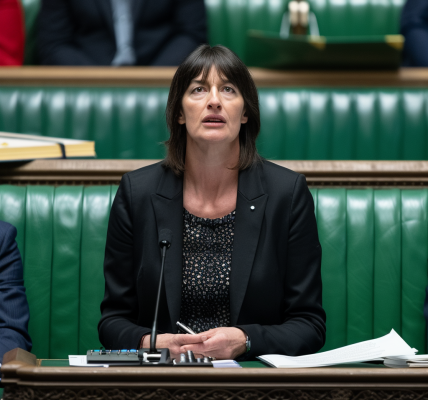The United Kingdom’s economy is showing signs of gradual improvement as it navigates through a period of transition. With tailwinds supporting consumption and decreasing inflation, the outlook for the remainder of 2024 and 2025 appears positive.
The Bank of England is expected to implement a slight policy easing, albeit later than initially anticipated. Interest rates are projected to decline towards 3% by the end of 2025, providing a potential boost to economic activity.
Following a technical recession in the latter half of 2023, the UK’s GDP rebounded by 0.6% in the first quarter of 2024. Business surveys indicate a resurgence in growth, with factors such as the composite PMI and the Lloyds Business Barometer pointing towards an acceleration in economic momentum.
Consumer spending has been bolstered by reductions in National Insurance Contributions, which are forecasted to increase real household disposable income by 1%. Improving consumer confidence, coupled with a tightening labor market and declining inflation, are contributing to a positive consumption outlook. Additionally, mortgage rates are stabilizing, and the impact of higher borrowing costs is expected to diminish. Household utility bills have seen significant decreases, further supporting consumer purchasing power.
There is optimism surrounding business investment, with political uncertainties set to be resolved through a summer election and potential fiscal measures in the near future. Reduced corporate insolvencies and a rise in merger and acquisition activities indicate a potential upturn in investment sentiment. While some businesses await interest rate cuts to signal improved financial conditions, there is a growing appetite for capital expenditure, as evidenced by solid growth in Q1.
Inflation has reached the Bank of England’s 2% target, although domestic inflationary pressures, particularly in service prices, remain resilient. Labor costs, a significant component of service firms’ production expenses, have been slow to adjust, impacting inflation dynamics. The gradual moderation of inflation is expected to prompt a relaxation of monetary policy in the coming months, with market expectations for interest rate cuts tempered since the beginning of the year. Anticipations point towards a Bank Rate decline to around 3% by the latter half of 2025.
On the labor front, vacancy rates have decreased across various sectors, with industries like hospitality and transport experiencing wage pressures. The labor market dynamics are influenced by factors such as the near 10% increase in the National Living Wage, impacting wage negotiations and sectoral wage trends.





